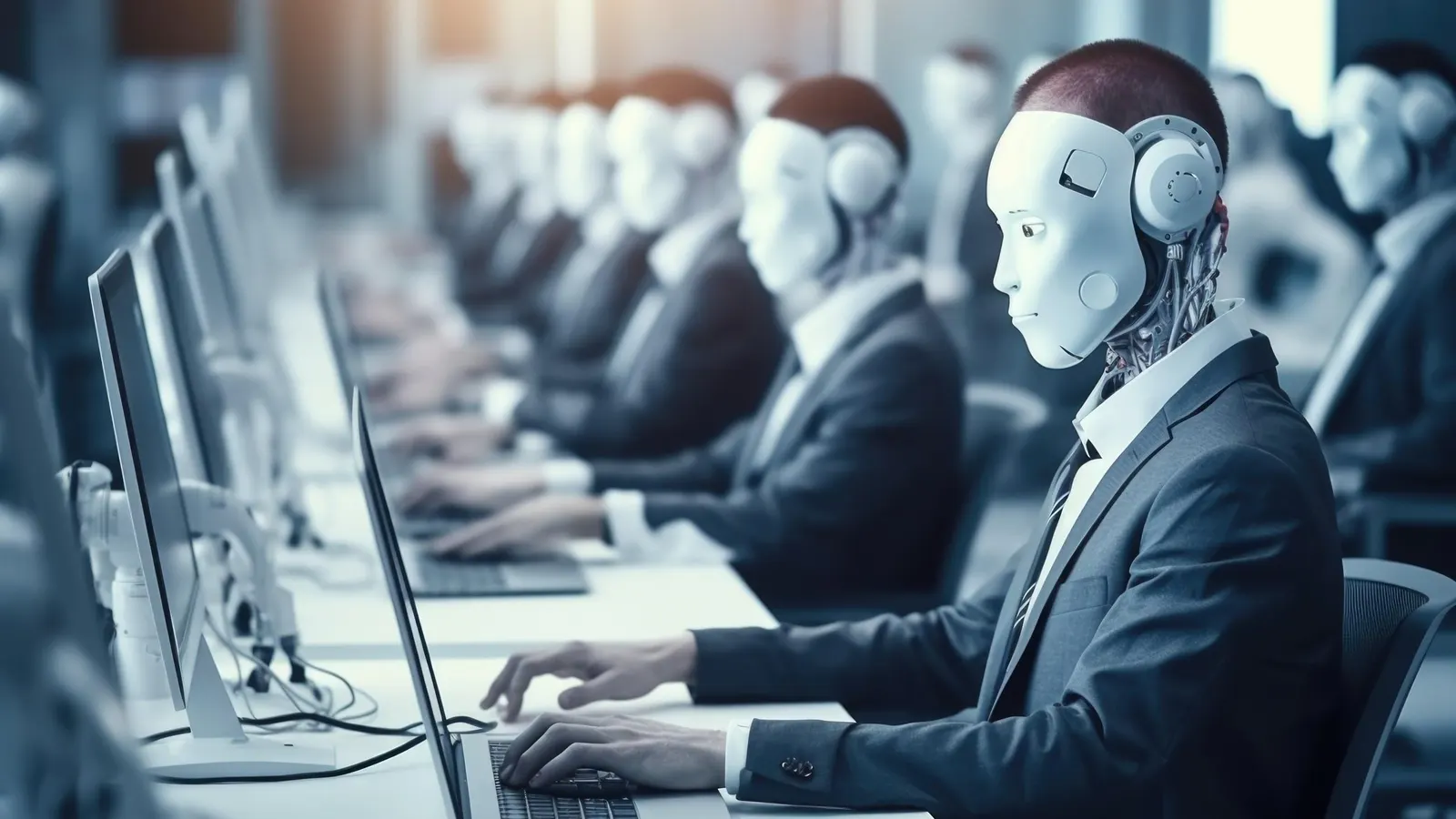Every time a new technology comes along, people start worrying about jobs. It happened with the industrial revolution, with computers, and now with artificial intelligence.
Headlines warn that “AI will replace millions of workers,” while social media fills with debates about whether humans are becoming obsolete. It’s easy to feel anxious — especially when you see AI writing essays, generating images, and even answering customer service questions.
But before panicking, it’s worth taking a closer look at what’s actually happening. The truth about AI and jobs is more complicated — and less hopeless — than it sounds.
The Fear Is Understandable
AI systems like ChatGPT can already do things that used to require human effort: writing, analyzing data, summarizing reports, and even creating art. For people whose jobs involve repetitive or predictable tasks, this sounds alarming.
If a program can do something faster and cheaper, won’t employers just replace humans with AI?
That fear isn’t new. When ATMs were introduced, people thought bank tellers would disappear. When spreadsheets arrived, accountants worried about becoming irrelevant. In reality, most jobs didn’t vanish — they changed.
What AI Is Really Good At
Artificial intelligence excels at pattern recognition and automation. It’s built to process large amounts of data, spot trends, and generate results instantly.
That makes it great at tasks like:
- Sorting and analyzing information
- Translating text
- Generating drafts or templates
- Automating customer queries
But that doesn’t mean it’s “intelligent” in the way people are. AI doesn’t understand context, emotion, or ethics. It can’t make real-world decisions based on human values or creativity.
So while AI might take over some parts of a job, it rarely replaces the whole thing.
Jobs That Are Changing — Not Disappearing
The rise of AI is reshaping roles across industries. Writers, designers, marketers, teachers, and programmers are already using AI to speed up their work — not to avoid it.
For example, a graphic designer might use AI to create quick drafts before refining them manually. A teacher might use it to generate quiz questions or lesson summaries. A marketer might use AI to analyze campaign performance and decide where to focus next.
In all these cases, the human remains in charge. The AI just makes routine work faster and easier.
The Real Risk: Falling Behind, Not Being Replaced
The biggest risk isn’t that AI will “take” your job — it’s that someone who knows how to use AI better will.
People who understand how to combine their human skills with AI tools are becoming far more valuable. They can work faster, handle more tasks, and produce better results.
That means learning how to use AI effectively is quickly becoming as essential as learning to use the internet or email once was.
Those who adapt will likely have more opportunities, not fewer.
Jobs That Are Safe — For Now
AI struggles with anything that requires emotional intelligence, human connection, or complex judgment.
Professions like teaching, counseling, nursing, management, law, and creative arts still depend heavily on empathy, trust, and original thought.
AI can assist these jobs, but it can’t replace the human touch. Even customer service — one of the first industries to use chatbots — still relies on real people for nuanced or sensitive interactions.
New Jobs Are Emerging
Every major technological shift creates new kinds of work. When the internet took off, it gave rise to roles like web developers, social media managers, and app designers — all jobs that didn’t exist before.
AI is doing the same. Now there are roles like prompt engineers, AI trainers, and ethics specialists. Even small businesses are hiring people who can integrate AI tools into daily operations.
So while some traditional roles may shrink, others are expanding fast.
What You Can Do Right Now
Instead of worrying about being replaced, the best move is to start learning. You don’t need to become an AI expert — just get comfortable using AI as a tool.
Experiment with ChatGPT or image generators. See how they can help with your daily work. Learn the basics of how AI makes decisions and where it might go wrong.
The more familiar you are, the easier it becomes to adapt as your field evolves.
And remember: the most valuable workers in the AI era won’t just know technology. They’ll know how to think critically, solve problems creatively, and connect ideas in ways machines can’t.
The Human Advantage
AI can analyze data, but it doesn’t dream, empathize, or imagine. Humans can. That’s what gives us an edge.
We understand people, emotions, and experiences. We can tell stories, build relationships, and make decisions that balance logic with empathy.
These are things machines can mimic but never truly feel. As long as those qualities matter — and they always will — there’s room for people in the future of work.
Final Thoughts
AI is transforming work, but it’s not erasing humans from it.
Some jobs will change shape, others may fade away, and entirely new roles will appear. The key isn’t to resist the change — it’s to move with it, learn from it, and use it to your advantage.
AI is a tool, not a threat. The more you understand it, the less there is to fear.
The future won’t belong to robots — it will belong to people who know how to work with them.
